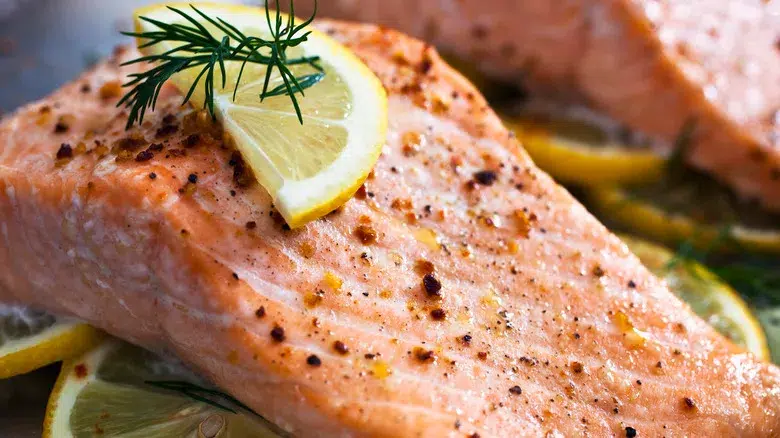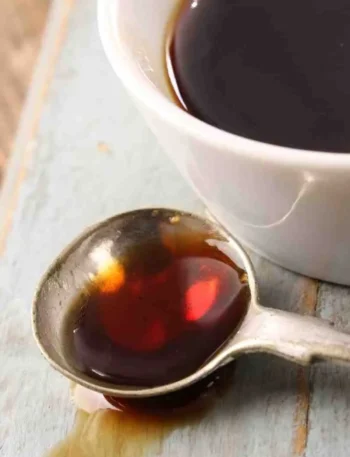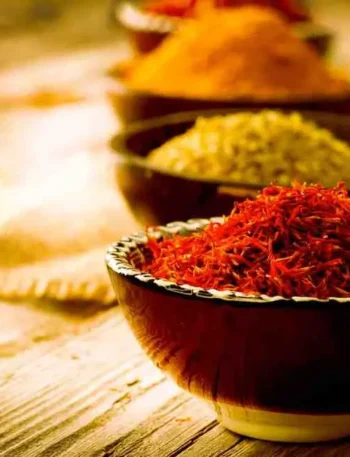Cooked salmon is a nutrient-rich, protein-packed food that’s great to eat. But one of the biggest concerns after cooking is storage and food safety. To enjoy the best flavor and stay healthy, know how long cooked salmon lasts in the fridge. Also, learn the best storage methods and how to spot spoilage.
Contents
Cooked Salmon Shelf Life in the Fridge
When stored in the right conditions, cooked salmon can last 3 to 4 days in the fridge. Food safety regulators, like the U.S. Department of Agriculture (USDA), set this time frame. After this time, the chance of bacteria growing goes up, even.

Factors that affect shelf life:
- Storage Temperature – Cooked salmon must be stored at or below 40°F (4°C).
- Storage Method – Airtight containers or tightly wrapped foil/plastic wrap keep it fresh.
- Original Quality – Fresh salmon before cooking lasts longer after cooking.
How to Store Cooked Salmon Properly
Proper storage is crucial for maintaining the safety and flavor of salmon.
1. Cool Quickly
- Let salmon cool for no more than 30 minutes before refrigeration.
- Leaving it out longer than 2 hours (or 1 hour if the room temperature is above 90°F/32°C) can cause bacteria to multiply rapidly.
2. Use Airtight Containers
- Store salmon in glass or BPA-free plastic containers with tight-fitting lids.
- Wrapping tightly in aluminum foil or plastic wrap prevents air exposure.
3. Separate Portions
- Divide salmon into meal-sized portions before refrigeration.
- This reduces repeated exposure when reheating.
4. Keep Away from Odor-Sensitive Foods
o Salmon has strong odors; storing it separately prevents flavor transfer.
Freezing Cooked Salmon for Longer Storage
If you want to keep salmon beyond the 3–4-day fridge limit, freezing is the way to go.
- Freezer Shelf Life: Up to 3 months without losing quality.
- Preparation for Freezing:
Wrap portions in parchment paper or freezer wrap before sealing in a freezer-safe bag.
Remove excess air with a vacuum sealer or by pressing out air manually. * Labeling: Always label the container with the date. When reheating frozen salmon, thaw it overnight in the fridge for the best results. Never defrost at room temperature, as it promotes bacterial growth.
Reheating Cooked Salmon Safely
Proper reheating ensures both flavor and safety.
Oven Method (Best Flavor Retention):
Preheat oven to 275°F (135°C) and warm salmon for 15 minutes until it reaches an internal temperature of 145°F (63°C).
Stovetop Method:
Reheat in a covered skillet over low heat with a splash of water or broth.
Microwave Method (Fastest):
Use short 30-second intervals to avoid overcooking and drying. Cover with a microwave-safe lid to trap moisture.
Signs Cooked Salmon Has Gone Bad
Knowing when salmon is no longer good to eat is key. Discard salmon immediately if you notice:
- Bad Smell – Sour, rancid, or fishy smell.
- Texture Change – Slimy, sticky, or mushy.
- Color Change – Dull grayish color instead of pink or orange.
- Mold – Any discoloration, white fuzz, or green spots.
Eating bad salmon can give you food poisoning, like salmonella or listeria.
Health and Safety
Salmon is very perishable due to its natural oils and protein content. To minimize risk:
- 2-Hour Rule – Never leave cooked salmon at room temperature for more than 2 hours.
- Refrigerate Immediately – Always store leftovers within this timeframe.
- Check Temperature – Make sure your fridge is at 40°F (4°C) or below.
Tips to Extend Salmon Freshness
- Cook only what you need to minimize leftovers.
- Use salmon in versatile dishes (salads, pasta, sandwiches) within 2-3 days.
Conclusion
Refrigerate cooked salmon right after it cools. Eat it within 3 to 4 days for the best safety and taste. If you need longer storage, freezing extends the shelf life up to 3 months. Use airtight containers. Keep salmon at a safe refrigeration temperature. Throw it away at the first sign of spoilage. Following these guidelines, you’ll enjoy salmon’s flavor and benefits without loss.







